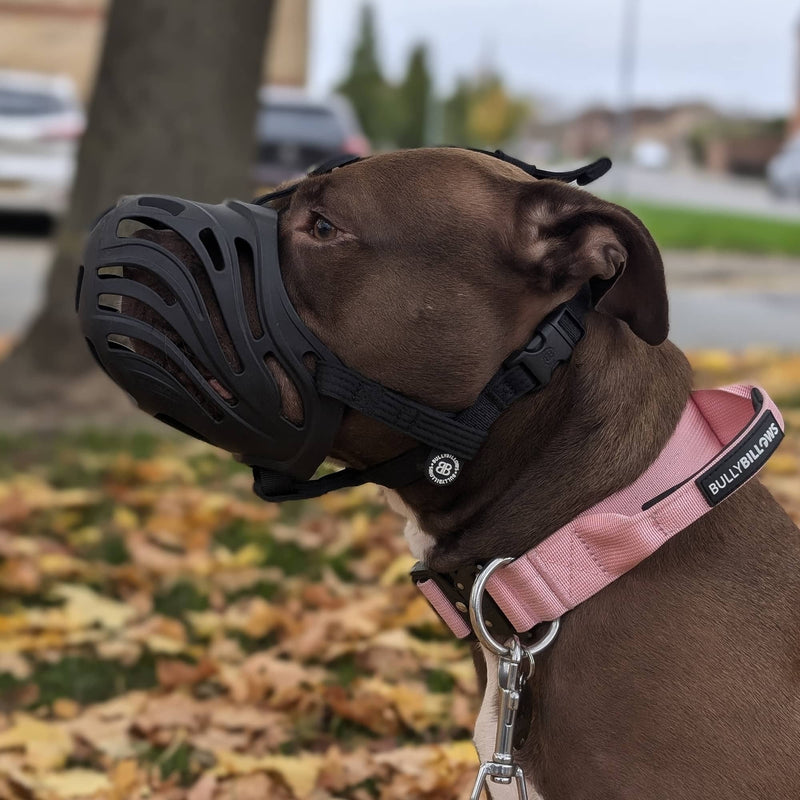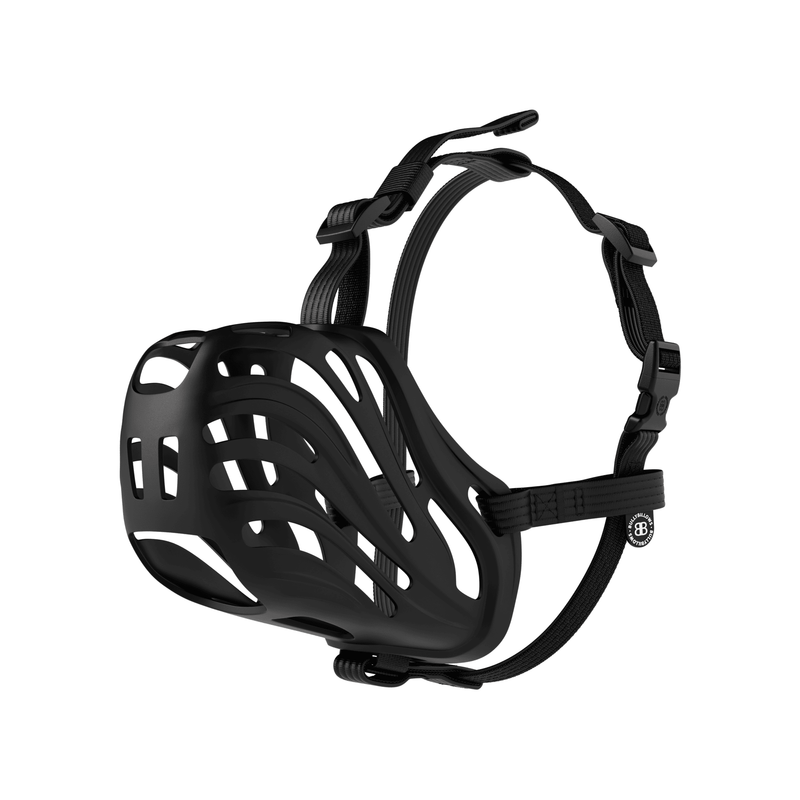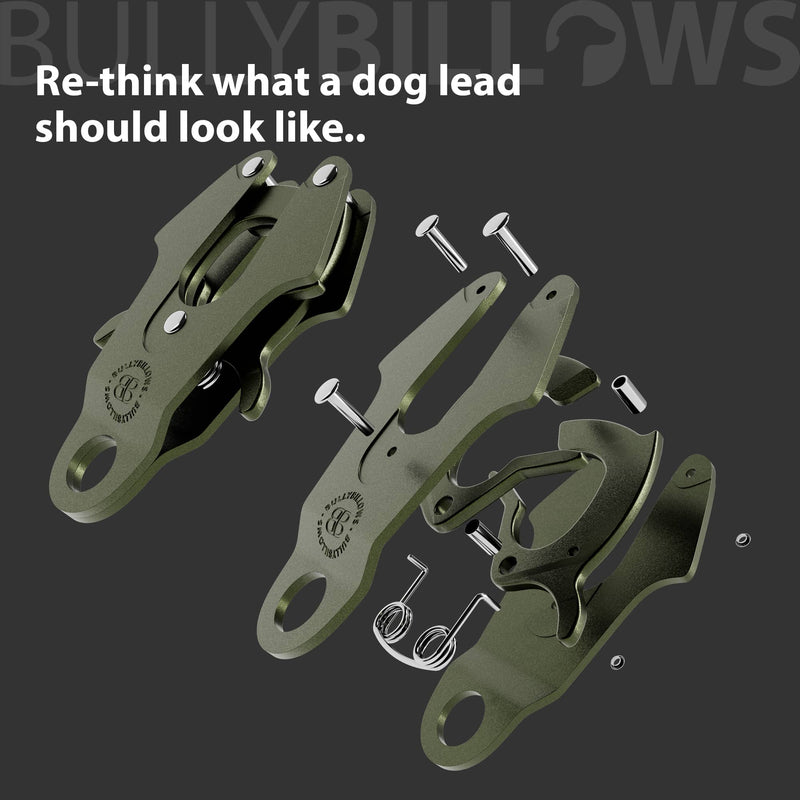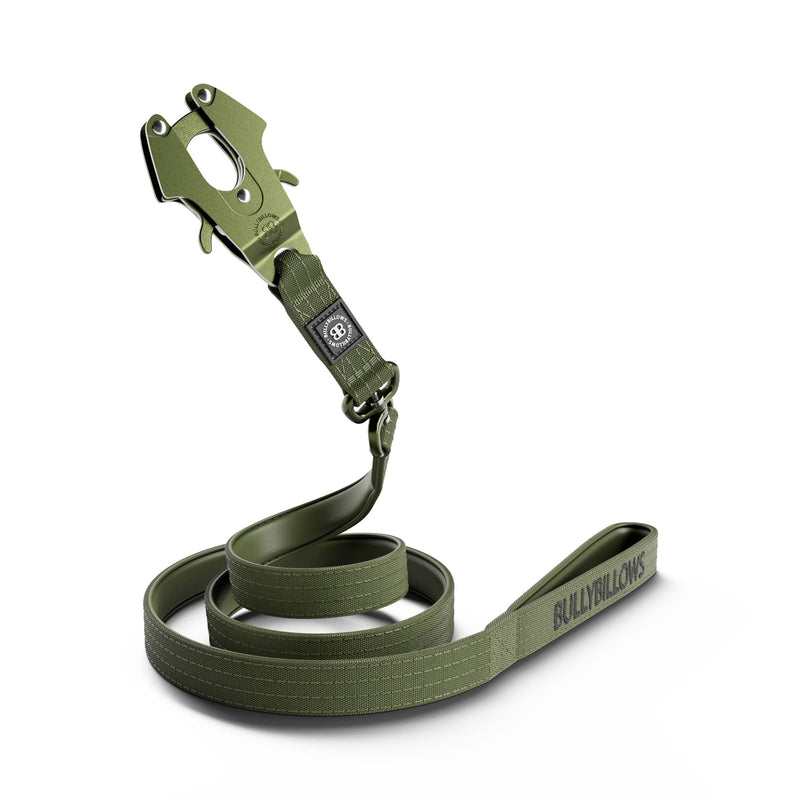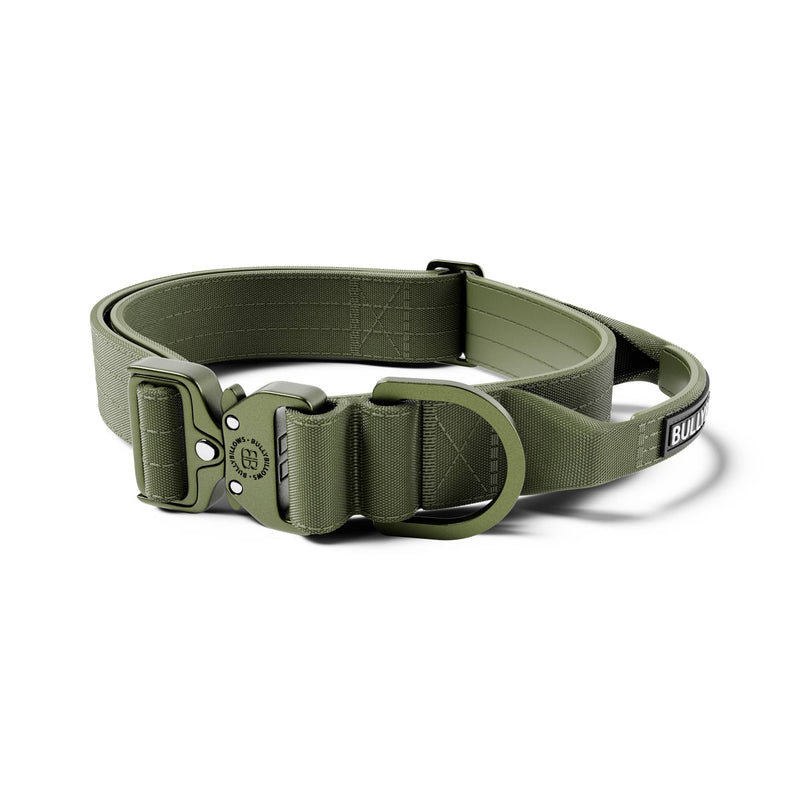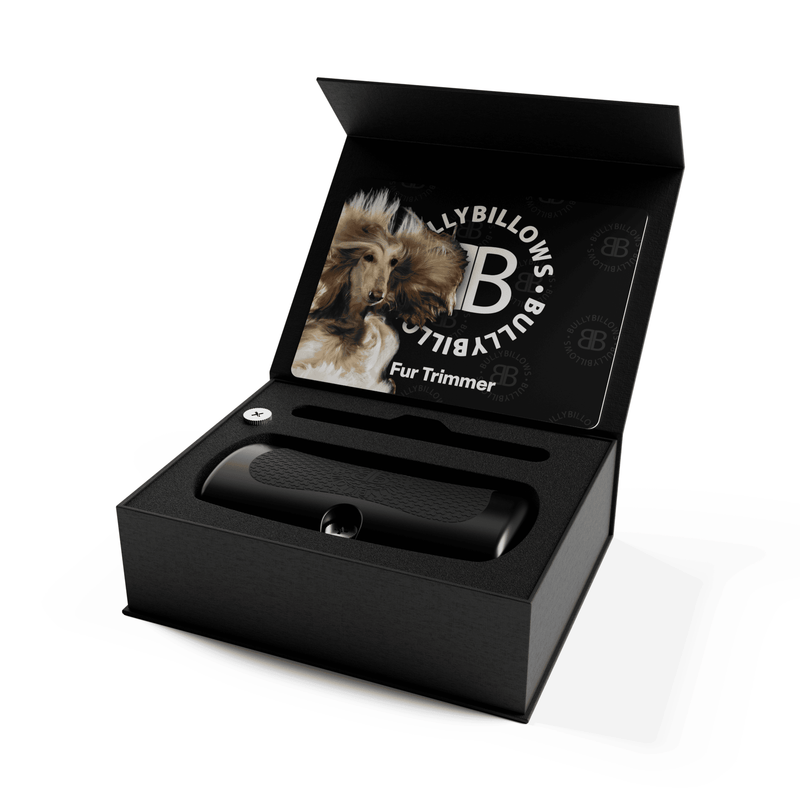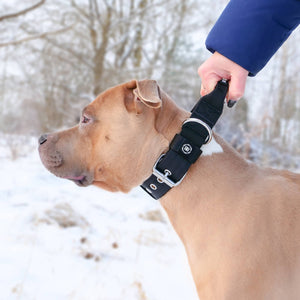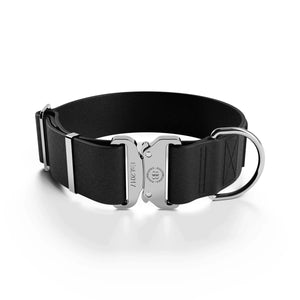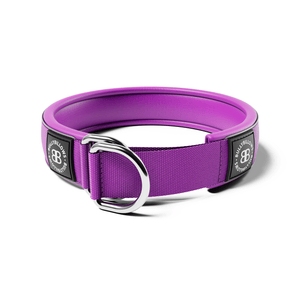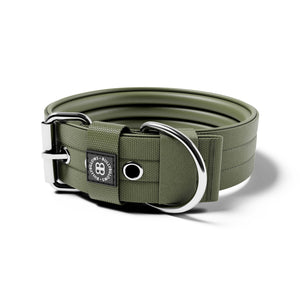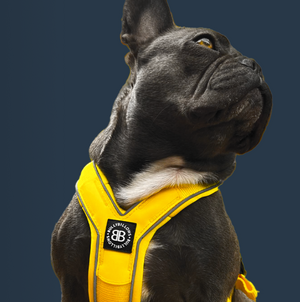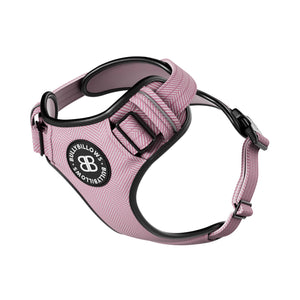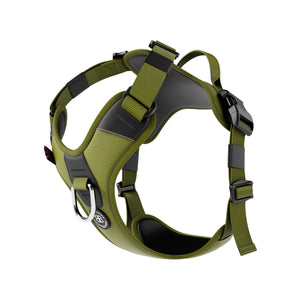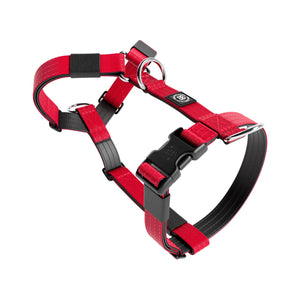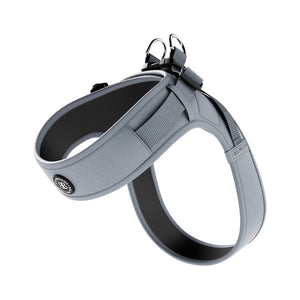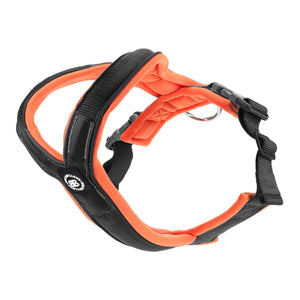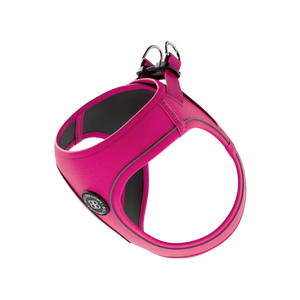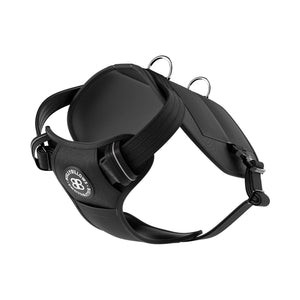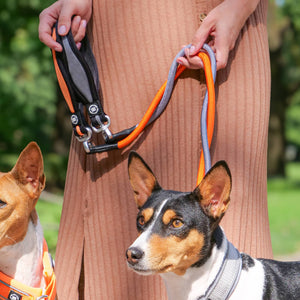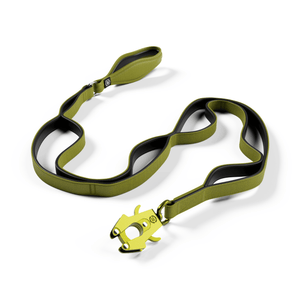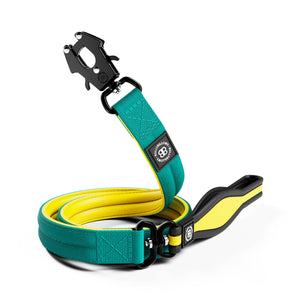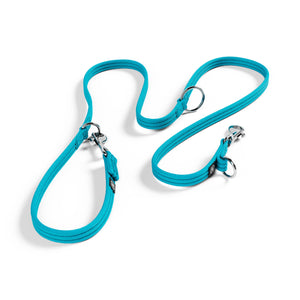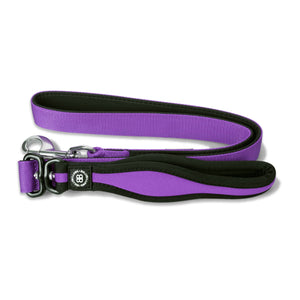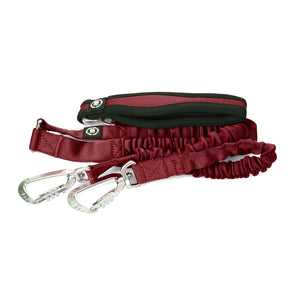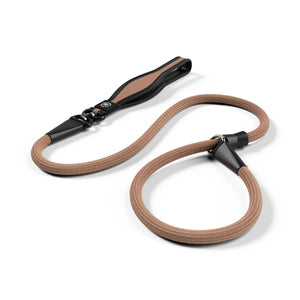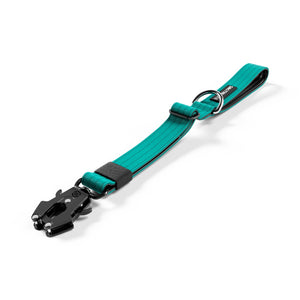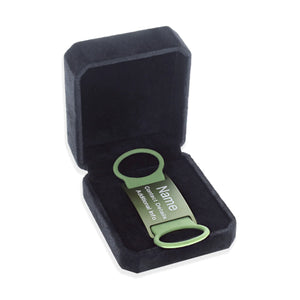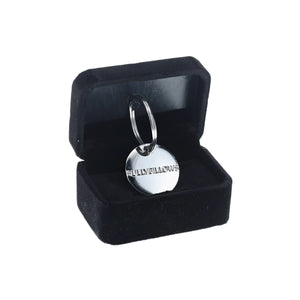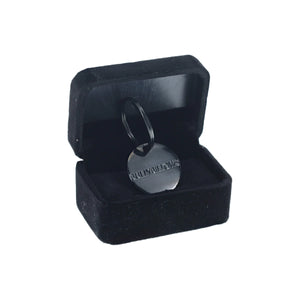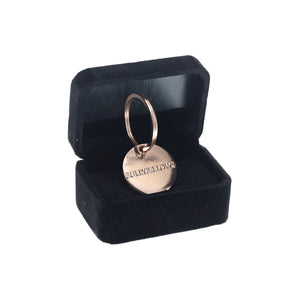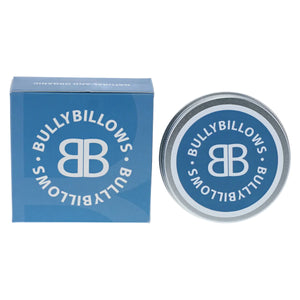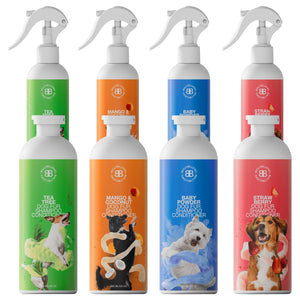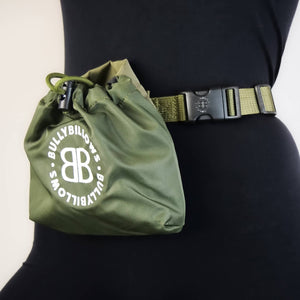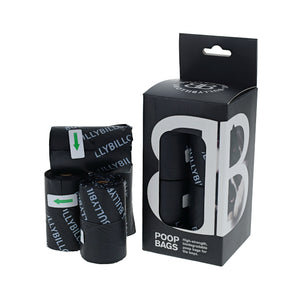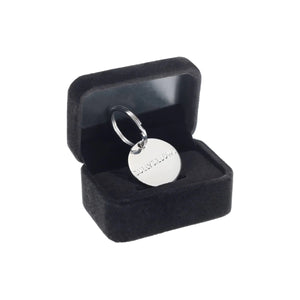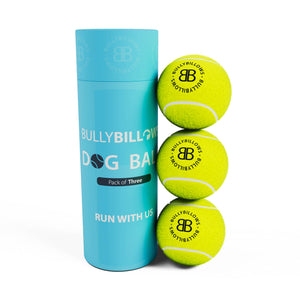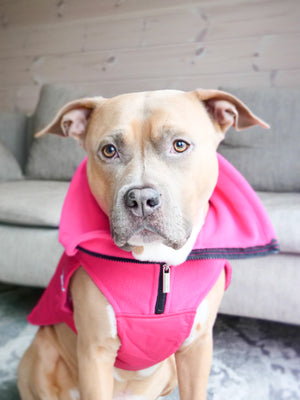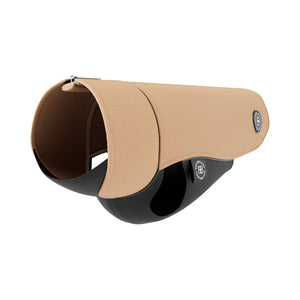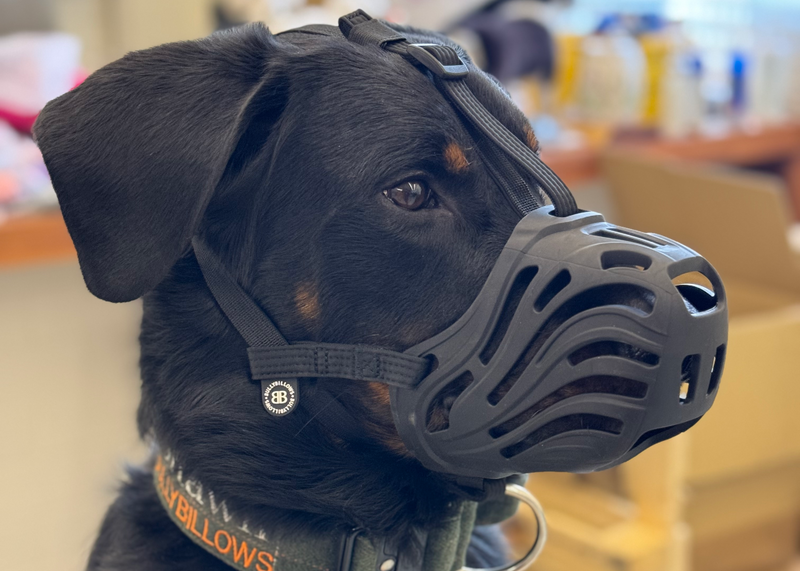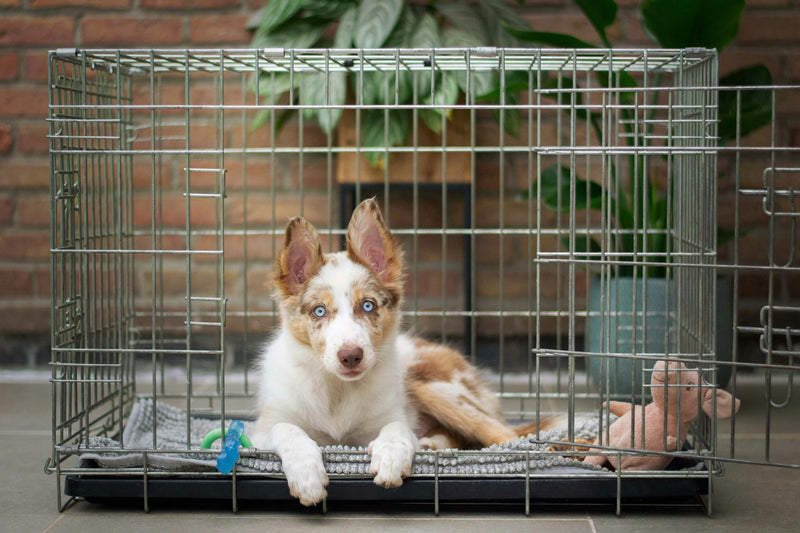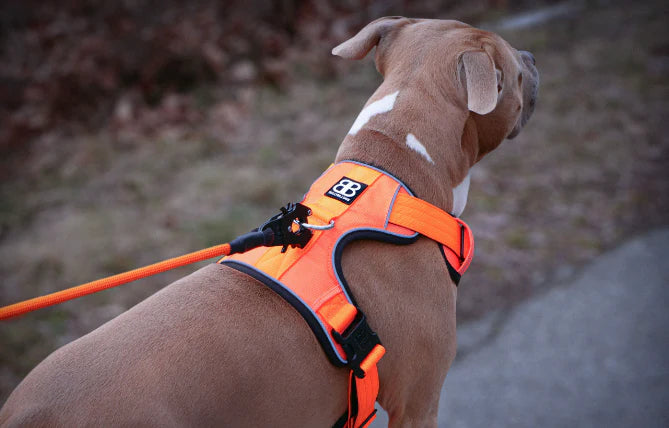Muzzle training is a valuable skill that can benefit both dogs and their owners. After the ban on the XL Bully breed, put in place by the Government, it is more important than ever that we keep our dogs safe. Muzzle training your dog will keep them and yourself as a dog owner from unwanted scrutiny, especially if you are the owner of an XL Bully.
One of the new rules as the XL Bully is banned is that all XL Bully breeds must wear a muzzle when out in public. Although this is specific to XL Bully dogs, we highly recommend muzzle-training your dog. Whether it's for a visit to the vet, grooming sessions, or managing behavioural issues, muzzle training can provide a sense of security and comfort for everyone involved.
In this muzzle-training step-by-step guide, we will explore the process of muzzle-training a dog, the time it takes to train effectively, and the impact of muzzles on a dog's behaviour.
Muzzle training is more than just getting a dog used to wearing a muzzle; it's also about developing positive associations and putting the dog's welfare first. For dog owners who wish to safeguard their pet's safety in public scenarios, it is absolutely essential that they understand the finer details of this training process.
By the end of this guide, you’ll know exactly how to muzzle train a dog, the patience required for successful training, and insights into the benefits muzzle training has on both you and your furry friend.
What is a muzzle?
A dog muzzle is breathable and should never be uncomfortable for the dog. The muzzle is there to prevent any potential harm. Unless a dog is exposed to wearing a muzzle from a young age, it is highly likely that they will need muzzle training.
This training consists of desensitising dogs to the presence of a muzzle, generating positive associations associated with their use, and progressively raising the length of time in which they wear it.
Muzzle training is not just an effort to get the dog used to wearing a muzzle, it's also about strengthening trust and guaranteeing that dogs are well taken care of during their training.
How long does it take to train a dog to wear a muzzle?
This will naturally differ from dog to dog, but muzzle training can last anything from a few days to a few weeks or even more. It shouldn’t take this long, but in some cases, dogs can be very stubborn or stuck in their ways. And although the old saying goes, “You can’t teach an old dog new tricks”, we disagree, we believe you can.
Take your time and ensure you and your pup have plenty of breaks while training, stay positive, and don’t give up.
Benefits of muzzle-training
Yes! Correct muzzle training has so many benefits, including:
- Reduced stress
- Safety
- Enforces routine
- Public perception
- Legality
Let’s explore these in more detail…
Reduced stress
A well-trained dog ina muzzle might feel less stressed and anxious in situations that could otherwise be too much for it to handle.
Safety
Muzzle-training facilitates safe handling of the dog in crowded public areas, during grooming sessions and helps avoid biting.
Enforces routine
The routine of putting on a muzzle before a short walk or a trip to the vets is an opportunity for the dog to experience a sense of predictability and routine in potentially stressful situations.
Public perception
As we know, some dog breeds appear aggressive, even though they are well-natured. A muzzled dog can help manage public perception and alleviate the concerns of others who may be wary of some dog breeds.
Legality
In some situations, it is a legal requirement for some dog breeds to wear a muzzle.
Do muzzles make dogs less aggressive?
Technically, they do not make a dog less ‘aggressive’. However, they do prevent biting.

How to muzzle train a dog: Step-by-step process
Now, let’s get stuck into the process of muzzle-training a dog. Our five key points are:
- Do your research
- Positive association
- Desensitise your dog
- Positive reinforcement
- Stay consistent
Let’s discuss these steps in more detail…
Do your research
You’ve already completed the first step. You’re doing your research, that’s awesome. Different breeds of dogs may require different approaches to muzzle-training. For example, which size muzzle you buy and how long a specific breed should be allowed to wear a muzzle for.
Positive association
Slow and steady wins the race, take your time introducing a muzzle to your dog. If you go too far too fast, your dog will associate the muzzle with anxiety and anger. Allow your dog to sniff and explore the muzzle without any pressure to wear it. Use their favourite treats and praise them to create a positive association with the muzzle.
Desensitise your dog
Start the desensitisation process by gently touching the muzzle to your dog's face and progressively lengthening the duration of contact once your dog is at ease with its presence. We recommend giving your dog lots of love and treats throughout this step!
Positive reinforcement
Continuing on the theme of lots of love and treats, use positive reinforcement to reward your dog for wearing the muzzle. This can include treats, playtime, and praise.
Stay consistent
As a dog owner, you will understand the importance of consistency in any training. Muzzle train with your dog in short stints to begin with, then slowly work your way up to slightly longer periods. Never exceed the recommended amount of time your dog should wear a muzzle, though.
Shop Dog Muzzles

Discover the best dog products with BullyBillows
Shop Dog Accessories today at BullyBillows, the perfect accessories for your furry friends. And, while you’re here, why not explore our Dog Harnesses, Dog Collars, and Dog Leads? They are made to the highest standards because we know how important it is that your dogs are safe, comfortable, and happy on every walk, playtime, and snooze.
Bookmark our Dog Blog for the latest canine news, dog behaviour tips, and product-buying guides.
More articles we think you’ll find interesting… Dog Grooming Care Guide | XL Bully Ban: New Laws & Owner’s Next Steps | XL Bully Ban: What We Know So Far

